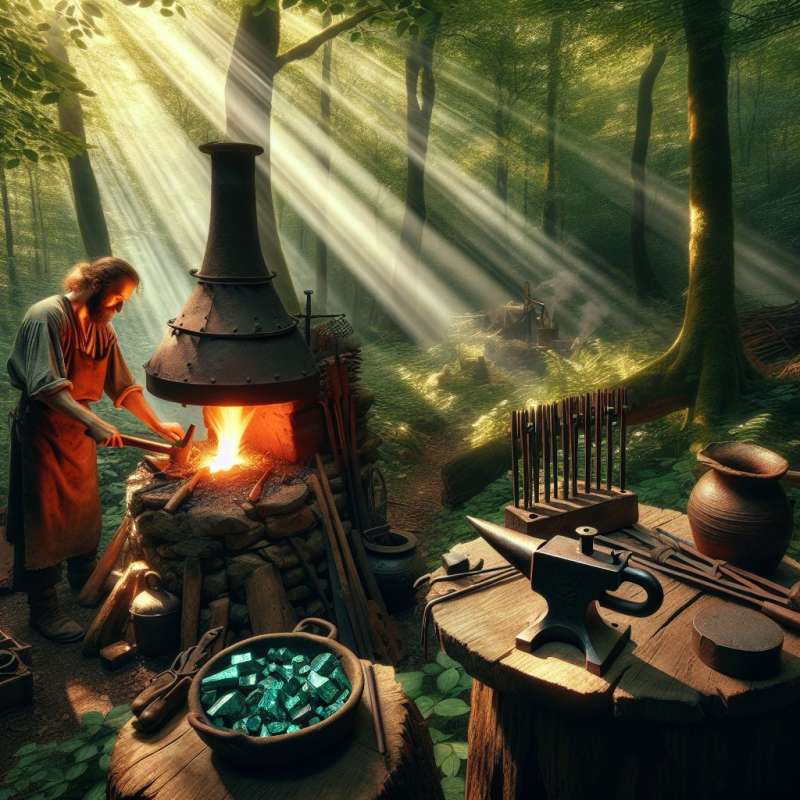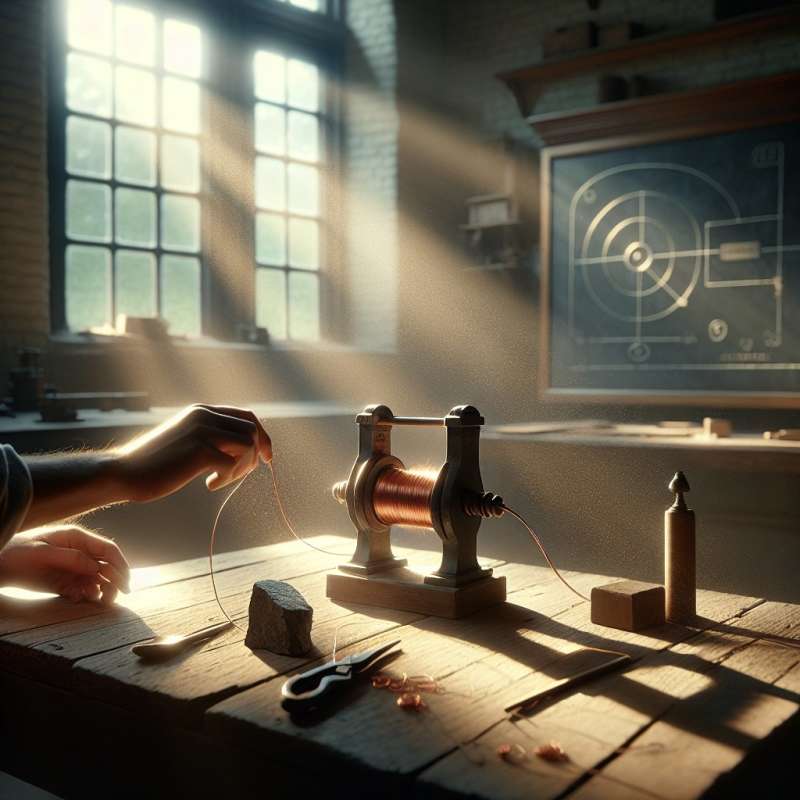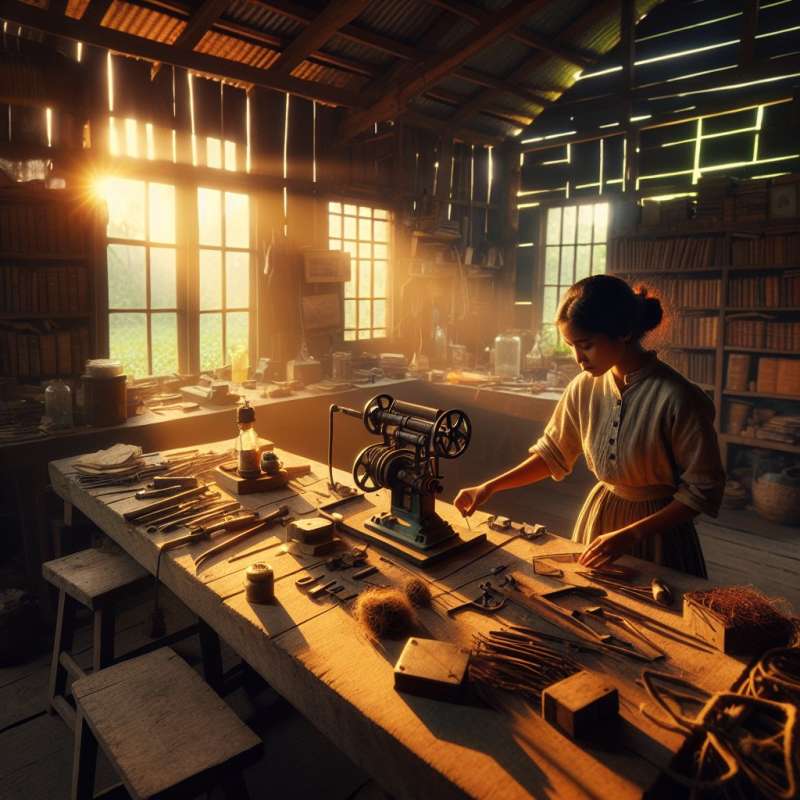
Understanding 16th Century Context
500 years ago, in 1523, the scientific method was nascent. Electricity was unknown, and natural philosophy dominated. Key materials like copper and magnets were rare. Understanding this era's limitations is crucial to our generator project.
Basic Principles of Electricity
Introduce the concept of electricity as the flow of electrons. Use static electricity demonstrations with amber and fur to show its existence. These early experiments can lay the foundation of understanding for creating an electric generator.
Creating Primitive Tools First
Start by creating basic tools: copper extraction from malachite ores using fire and bellows, and iron tools for crafting. Forge primitive batteries (like the Baghdad Battery) to demonstrate electrochemical reactions and store small amounts of electricity.
Building a Simple Dynamo
Explain Faraday's Law of Induction. Wind copper wires around an iron core and manually rotate within magnetic fields (using lodestone). Show how mechanical energy converts to electrical energy, producing a basic, hand-cranked dynamo.
Addressing Technological Challenges
Highlight challenges: lacking precision tools, materials, and scientific knowledge. Emphasize incremental progress, focusing on small-scale experiments and local resource utilization. This methodical approach can eventually lead to a functional generator.Ancient Spark Discovery
In 600 BC, Greek philosopher Thales discovered static electricity by rubbing amber, way before modern science understood electrons!
What was rare in 1523?
Copper and magnets
Iron and steel
Wood and stone
Company